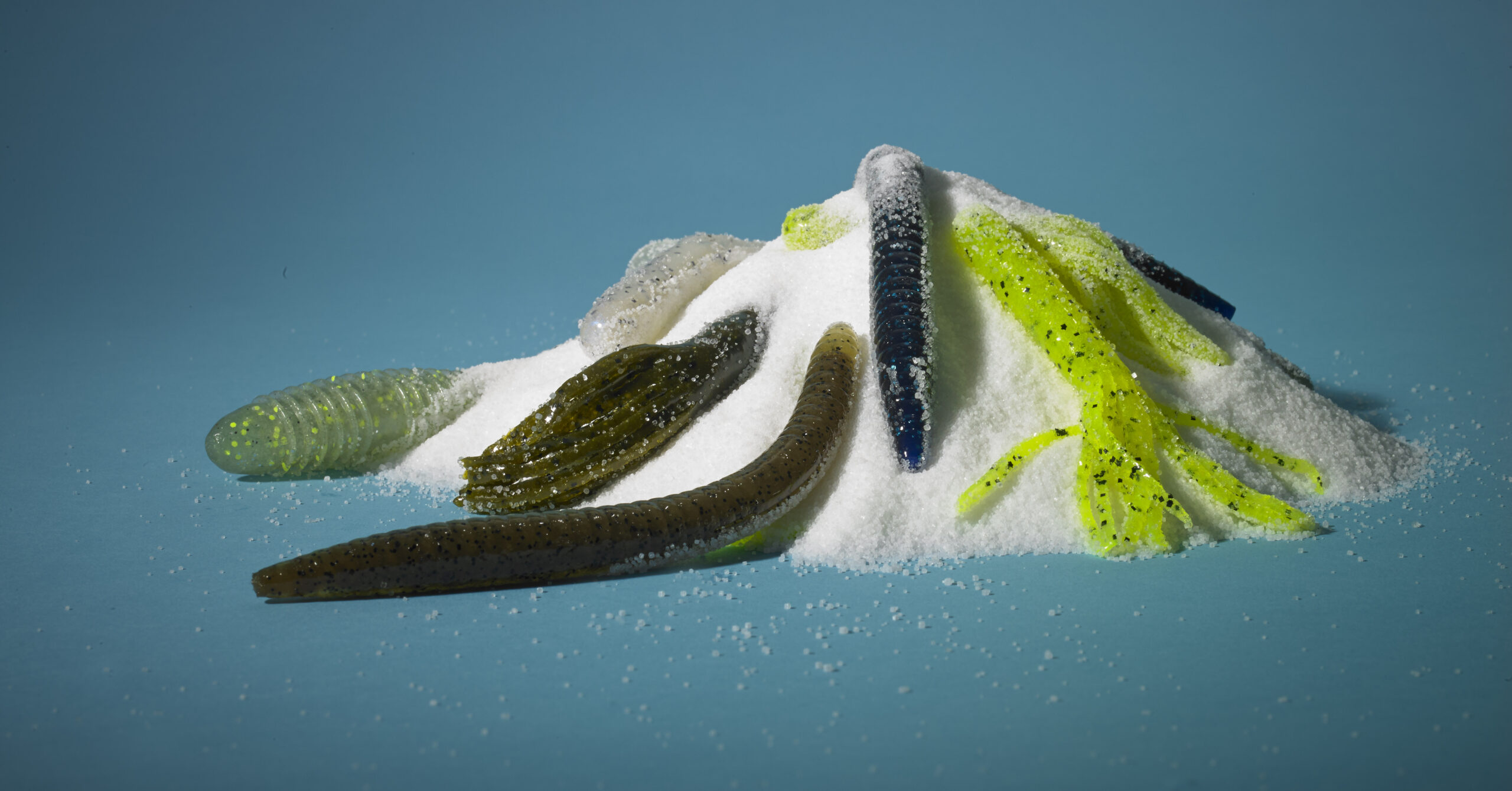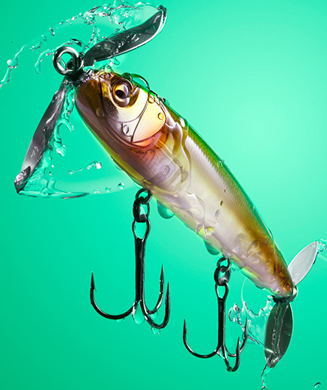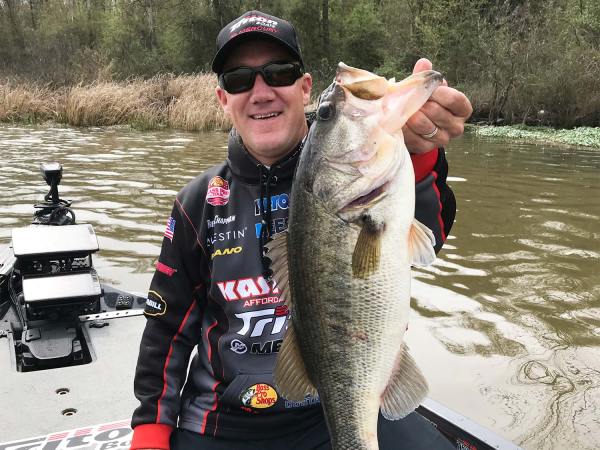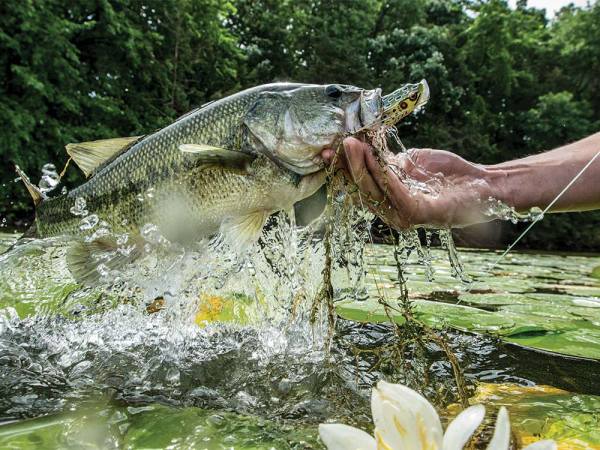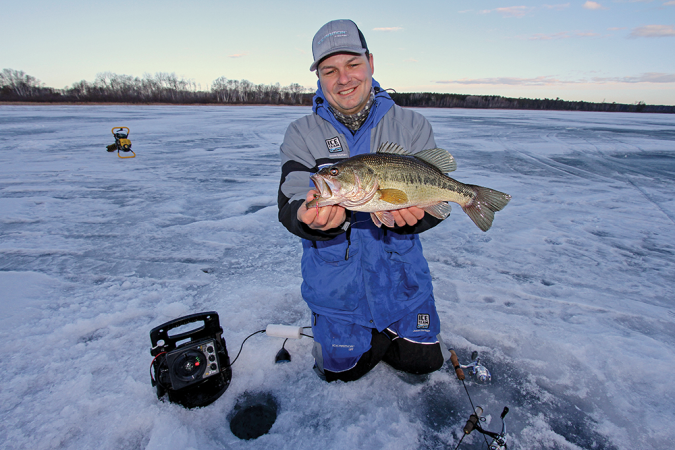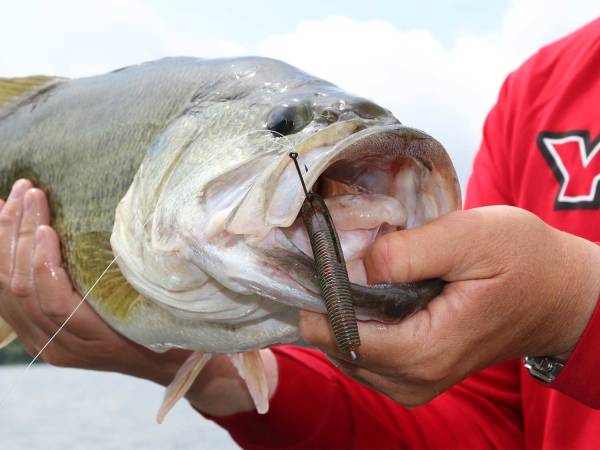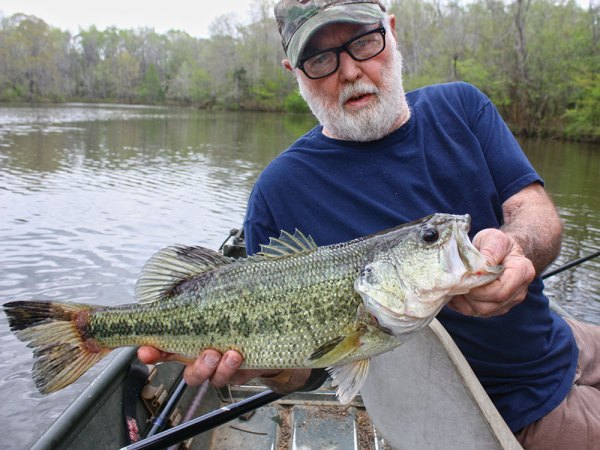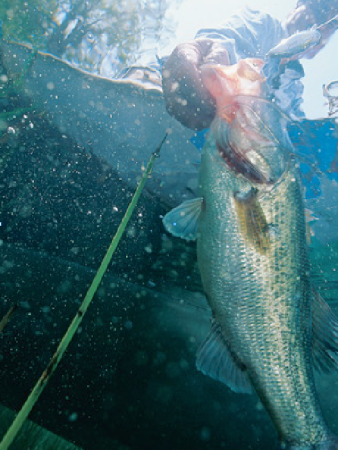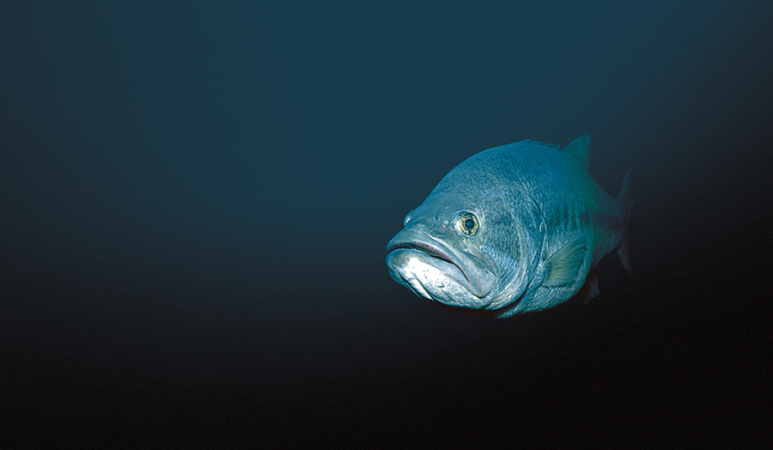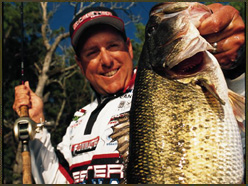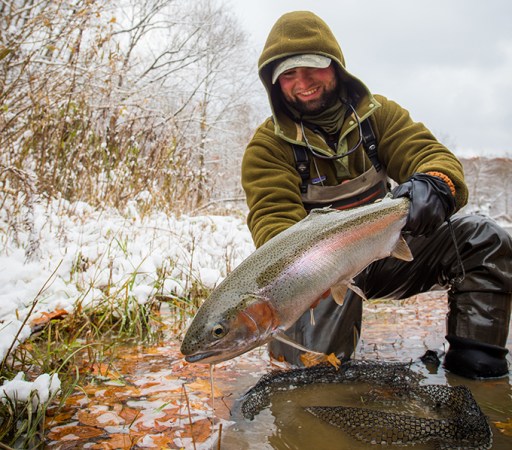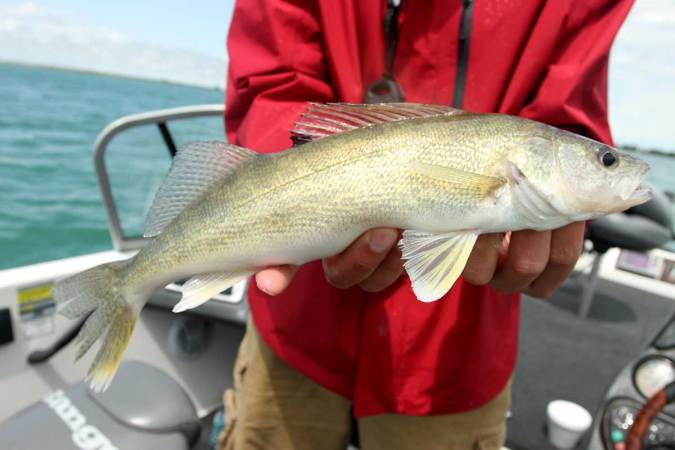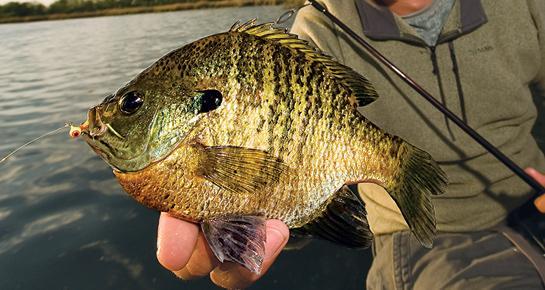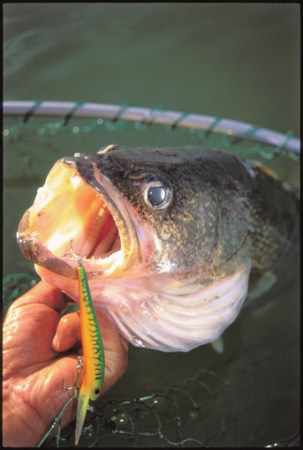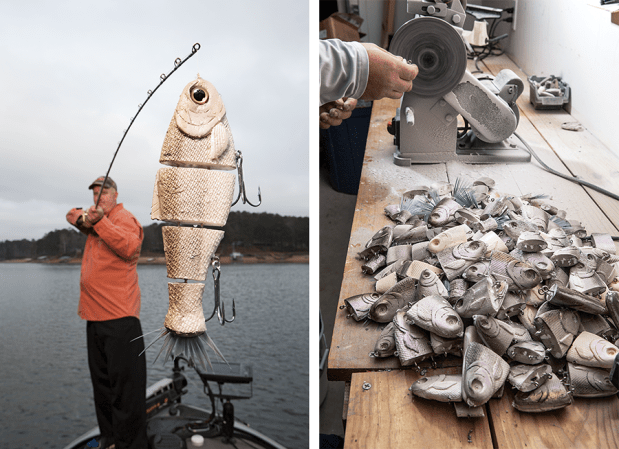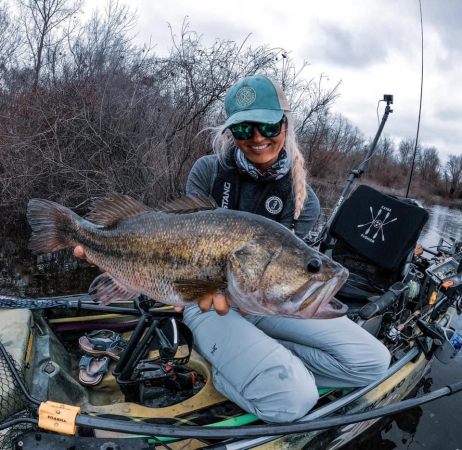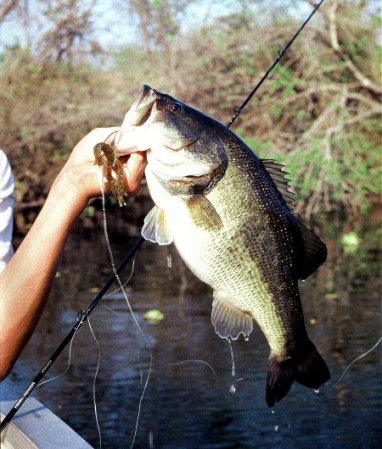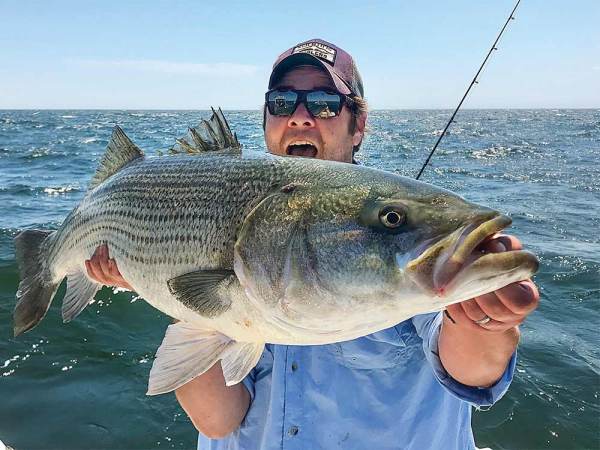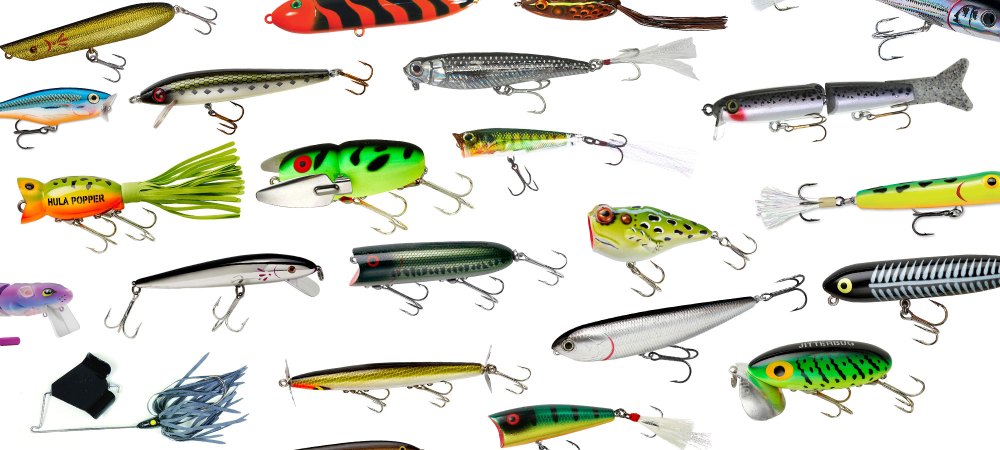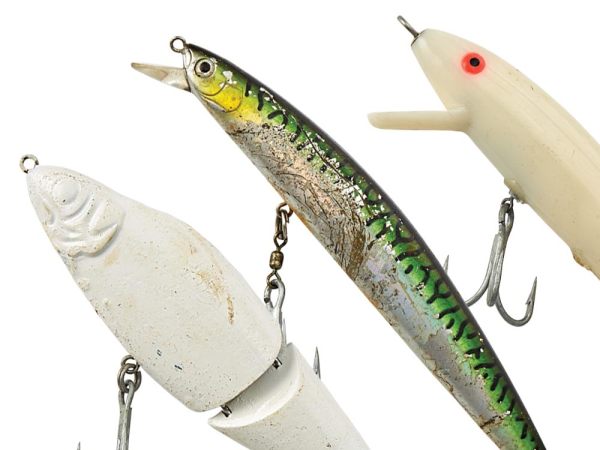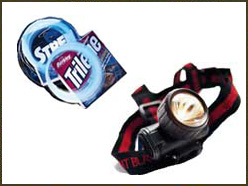We may earn revenue from the products available on this page and participate in affiliate programs. Learn More ›
My formative fishing years spent creeping and crawling soft-plastics through Florida bass waters spawned a fascination with all manner of molded baits that continues to this day. Nick Crème certainly deserves part of the blame for my predilection for plastics—the Ohio machinist first tempted bass with his Scoundrel plastic nightcrawler clone in 1949. But it was when Gene Larew introduced salt-impregnated baits more than three decades later that I became mesmerized. Was it possible, as Larew promised, that salt actually causes fish to hold on to baits longer?
Larew’s bold claim smacked me in the head while I was fishing with my buddy Jamie on one of my local bass ponds. Although his tackle box contained mostly “As Seen on TV” lures, he flipped fish into the boat with infuriating regularity. I hadn’t realized until we were back at the ramp that at some point early in the trip, Jamie had tied on a salt-infused tube while I stubbornly tossed my usual salt-free bait. Even more painful than that fishing beat-down was the fact that I’d laughed uproariously when he rambled on about his latest secret fish catcher. Of course, no lure works every time or everywhere, but I’ve come to find through both on-the-water and in-the-books research that there is most certainly an added advantage to fishing salt-impregnated soft-plastics.
Don’t Pass the Salt
Although salt is a common ingredient in all soft-plastics these days, it is also part of a manufacturing process that is somewhat misunderstood.
Plastic baits are all produced from petroleum-based polyvinyl chloride (PVC), plasticizer, and a heat stabilizer. PVC gives the bait mass while the plasticizer softens the plastic so that it’s not hard like a PVC pipe.
Back in the early days of molded softbaits, salt was added to plastics in bulk as an inexpensive substitute for vinyl-resin filler. Today, varying degrees of salt are added to soft-plastics to both mask human odor and disguise the chemical smell of the plastic itself. Two other great benefits include:
1) Density: Relative heaviness ranks near the top of the beneficial properties of salty baits. Salt makes the baits inherently weightier, resulting in longer casts and faster fall rates, and providing a genuine advantage when trying to cover water quickly when fish (primarily bass, crappies, and redfish) are on a soft-plastic bite. More complete coverage of the vertical water column is also a distinct bonus when searching for fish.
2) Realistic Presentation: Capable of better probing thick vegetation, salty baits can be fished unweighted on heavy line and with beefy baitcasting equipment. Without the head-down attitude that nose weighting causes, they swim more naturally—drawing more attention and strikes—while the baitcasting equipment can muscle fish buried in trash.
The Cure
Knowing when to fish salted baits is critical to success. First, consider the application and presentation requirements. If the fish are aggressive, for example, a lure’s fast fall rate draws reaction strikes.
However, when the bite grinds to a halt in cold water, bass begin to creep, feeding less often as their metabolism slows. Slow your presentation to draw strikes. Add some salt when fishing any of these three ways:
1) Surface Swimming: Salt-impregnated baits (like flukes) are great when you’re working open water on long casts in search of active fish and reaction strikes. The bait’s added density necessitates a quick cadence to your retrieve to keep the bait higher in the water column. When active fish are found but the aggressive bite quits, switch to a stick-style salted bait and fish it more slowly.
2) Skipping or Pitching: Because of their added mass, salted baits let you make confident skips and pitches into congested structure such as docks, stickups, and brush without using extra weights. Consequently, the bait sinks more slowly through the structure, and with fewer hang-ups.
3) Punching Weeds: When bass bury themselves in thick vegetation, getting to them in the quickest way possible is key. Salt-impregnated baits punch through weeds fast. The faster your lure falls, the more bites you’re likely to get.
